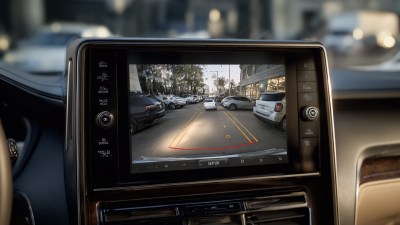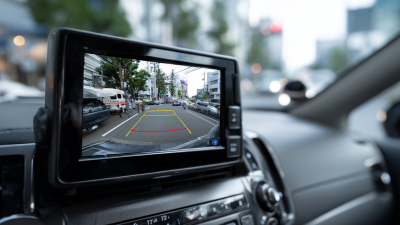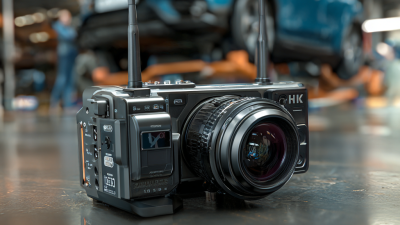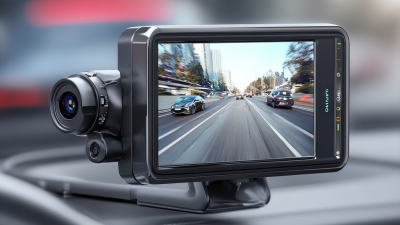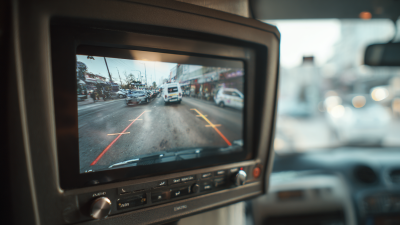In 2023, the importance of Backup Cameras in enhancing vehicle safety cannot be overstated. According to the National Highway Traffic Safety Administration (NHTSA), backover accidents cause over 200 fatalities and 14,000 injuries each year in the United States, highlighting the critical role these devices play in preventing such incidents. The inclusion of Backup Cameras in vehicles has been mandated since 2018, leading to significant improvements in reversing safety statistics. A report from the Insurance Institute for Highway Safety (IIHS) indicates that vehicles equipped with Backup Cameras reduce the risk of crashes while reversing by 27%. As technology continues to evolve, with features like guidelines, obstacle detection, and enhanced night vision, choosing the best Backup Cameras for your vehicle becomes vital. This guide aims to provide insights and recommendations to help you make informed decisions when selecting Backup Cameras that ensure both safety and convenience on the road.
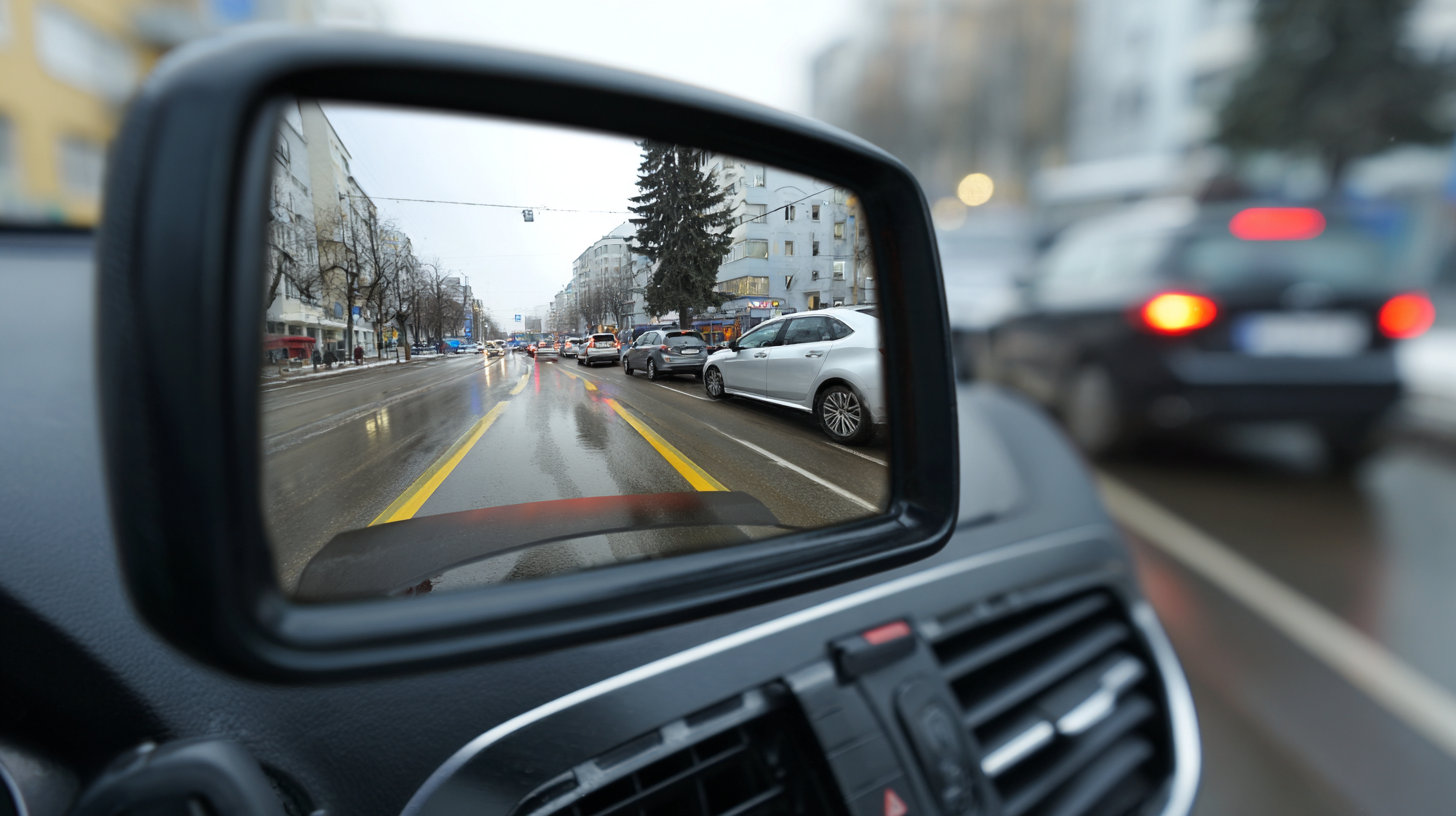
When selecting a backup camera for your vehicle, it's essential to understand the different types available to ensure you choose one that best fits your needs. The most common types include rearview mirror-mounted cameras, license plate-mounted cameras, and standalone dashboard cameras. Rearview mirror-mounted options integrate seamlessly into your vehicle's existing mirror, providing a clean look while displaying the camera feed with minimal distraction. On the other hand, license plate-mounted cameras offer a compact solution that utilizes the vehicle’s existing license plate space, making them an ideal choice for those who prefer a subtle installation.
Additionally, standalone dashboard cameras, often equipped with their own screens, provide flexibility for larger vehicles or those that require a higher vantage point for better visibility. These cameras usually come with advanced features such as wide-angle lenses, night vision capabilities, and even built-in sensors for enhanced safety. Understanding these types not only helps in making an informed decision but also ensures that you choose a backup camera that enhances your driving experience and safety for both you and your passengers.
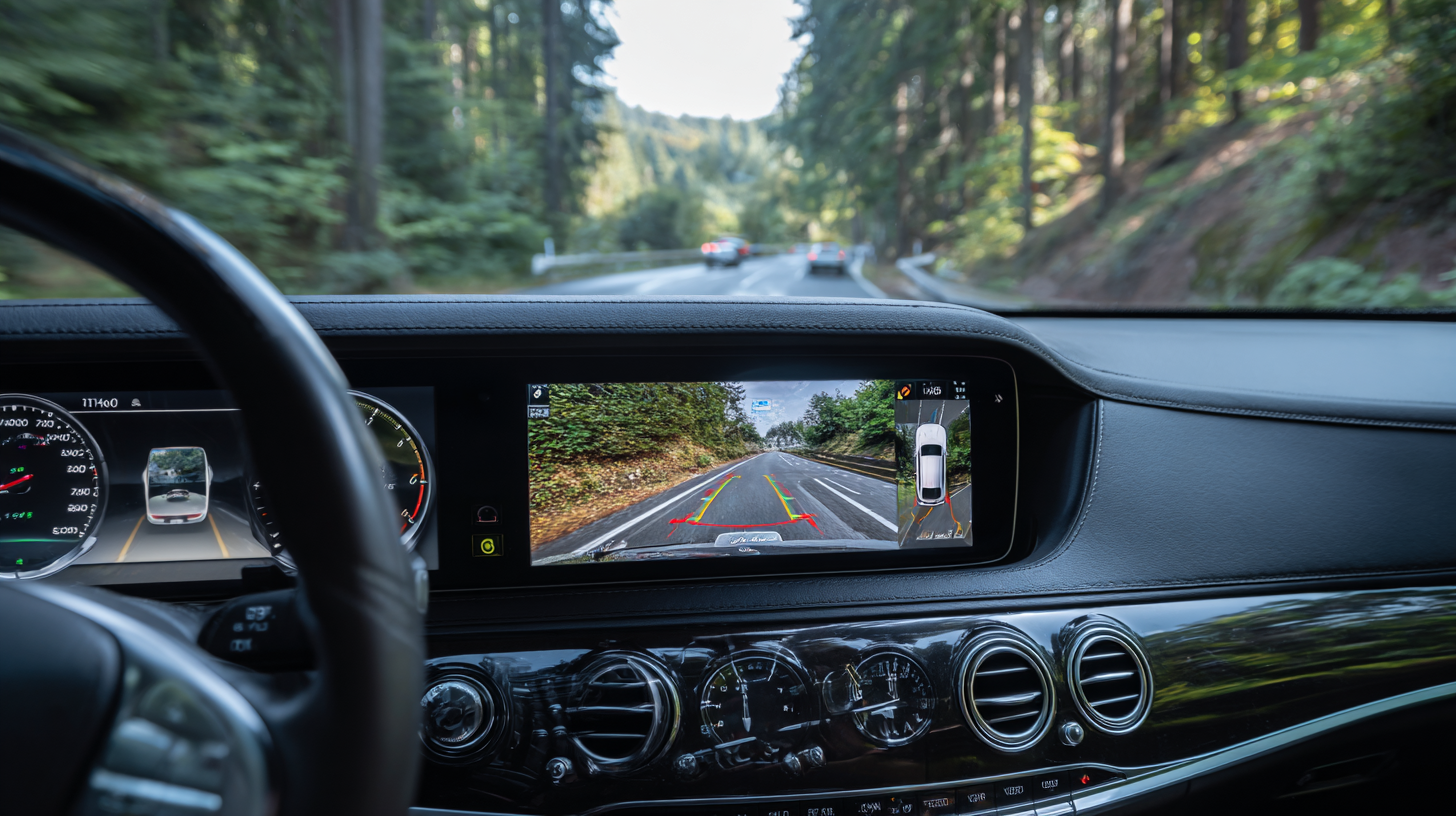
When selecting a backup camera for your vehicle in 2023, there are several key features to consider that can significantly enhance your driving experience. First and foremost, resolution is critical. A higher resolution camera will provide clearer images, allowing you to see obstacles and pedestrians more distinctly. Look for cameras that offer at least 720p resolution, which ensures a good balance between quality and price.
Another important feature is the field of view. A wider angle will help eliminate blind spots, making it easier to spot anything behind your vehicle. Cameras with a field of view between 120 to 180 degrees are typically recommended for better coverage. Additionally, consider the camera's night vision capabilities. Cameras equipped with infrared or low-light technology can be invaluable when reversing in low-light conditions, providing clarity when visibility is otherwise limited.
Tips: When shopping for a backup camera, always check for user reviews regarding installation ease and long-term durability. It’s also beneficial to consider models with wireless connectivity, which can simplify the installation process and offer more flexibility. Lastly, ensure that the camera is compatible with your vehicle’s display system for a seamless integration.
When choosing between wired and wireless backup camera systems for your vehicle, it's essential to consider the unique advantages and drawbacks of each type. Wired backup cameras generally provide a more stable and reliable connection, minimizing the risk of interference and ensuring consistent image quality. Installation might be more complex, requiring you to run cables from the camera to the display, but this also means that once installed, the system is less likely to encounter signal issues. This makes wired systems particularly appealing for those who prioritize reliability in various driving conditions.
On the other hand, wireless backup camera systems offer enhanced convenience and ease of installation. With no need to run lengthy cables, these systems can be installed more quickly, making them an attractive option for DIY enthusiasts. However, potential weaknesses in signal strength can lead to intermittent connectivity problems, especially if there are obstacles between the camera and the display. Additionally, wireless systems are often more susceptible to interference from other devices, which can impact the quality of the video feed. Therefore, it's crucial for buyers to weigh their specific needs against the strengths and weaknesses of each technology to make an informed decision.
When selecting the best backup camera for your vehicle in 2023, it is crucial to consider the top brands and models that offer advanced features and reliability. Notable brands such as Rear View Safety, Garmin, and eRapta have consistently delivered high-quality backup camera systems. Rear View Safety's RVS-770613 is equipped with a waterproof night vision camera and a 7-inch monitor, providing excellent visibility in all driving conditions. Garmin's BC 40 is another popular choice, known for its wireless capabilities and compatibility with various vehicle types, making it an excellent option for those seeking a hassle-free installation.
In addition to these trusted brands, models like eRapta ERT01 stand out for their affordability without compromising on performance. This model features a wide-angle lens and an IP69 waterproof rating, ensuring durability and clarity. Moreover, the increased focus on user-friendly interfaces and connectivity options, such as smartphone integration, allows for a more seamless driving experience. With such a wide variety of top-of-the-line options available in 2023, choosing the right backup camera to enhance safety and convenience has never been easier.
| Model | Resolution | Field of View | Night Vision | Price |
|---|---|---|---|---|
| Model A | 1080p | 170° | Yes | $199 |
| Model B | 720p | 120° | No | $99 |
| Model C | 1080p | 145° | Yes | $149 |
| Model D | Full HD | 160° | Yes | $249 |
When it comes to installing a backup camera in your vehicle, ensuring optimal performance requires careful attention to various factors. According to a recent industry report by the AutoHD Research Group, nearly 30% of drivers install backup cameras to enhance visibility and safety while reversing. To achieve the best results, proper placement of the camera is crucial; it should be positioned at a height that provides a clear view of the area behind the vehicle without obstruction. Typically, the camera is mounted near the license plate, allowing for an unobstructed 170-degree field of view, ideal for preventing accidents.
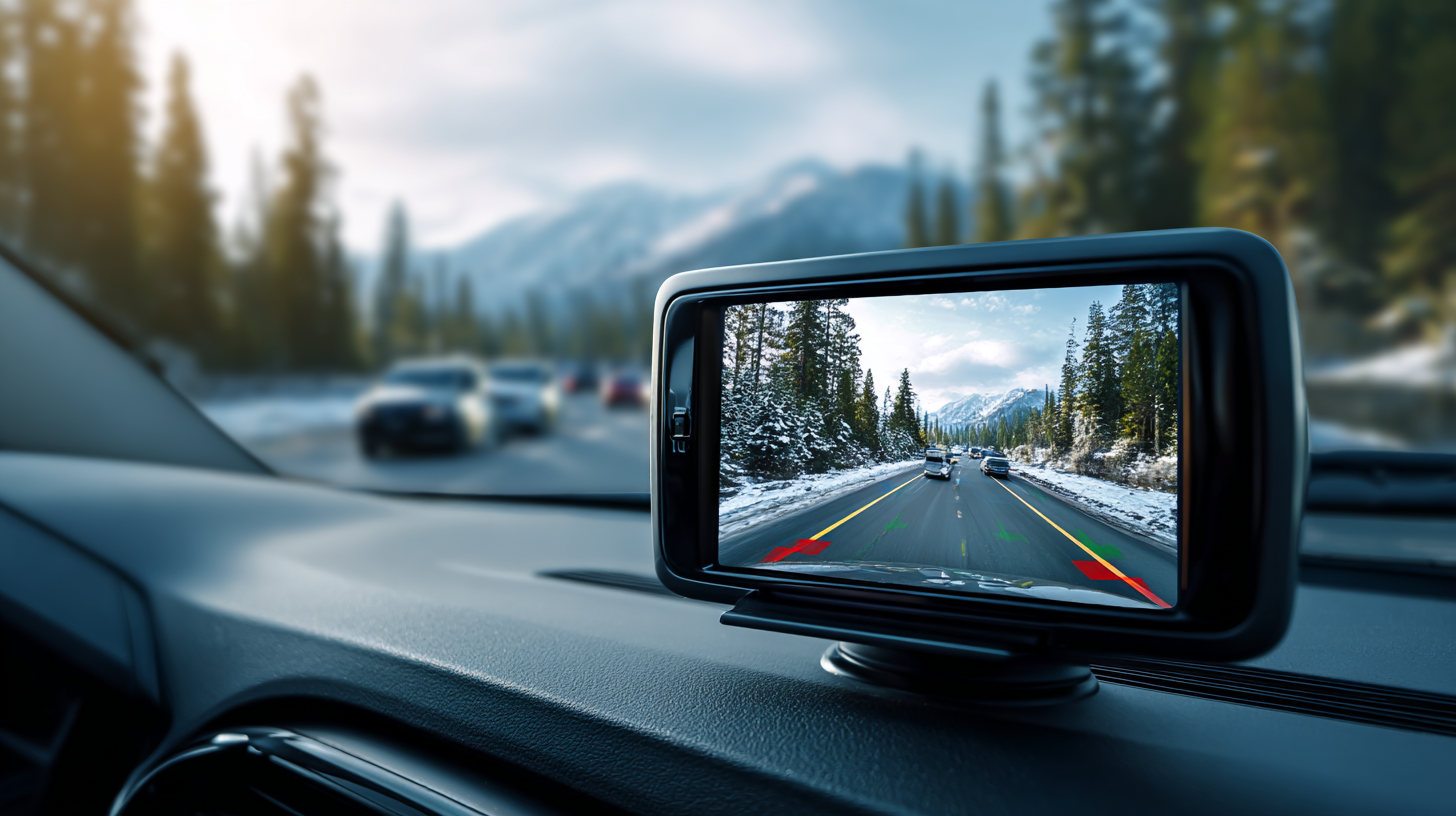
Additionally, wiring plays a significant role in the camera’s functionality. The same report indicates that many users encounter issues due to improper wiring and connections, leading to poor image quality or loss of signal. It's recommended to use weatherproof connectors and secure wiring that minimizes exposure to the elements. Furthermore, utilizing a monitor that complements the resolution of the camera can enhance the overall experience; research shows that high-definition displays can improve accuracy in obstacle detection by up to 35%. Prioritizing these installation tips can significantly enhance the performance of backup cameras, ensuring a safer driving experience.
